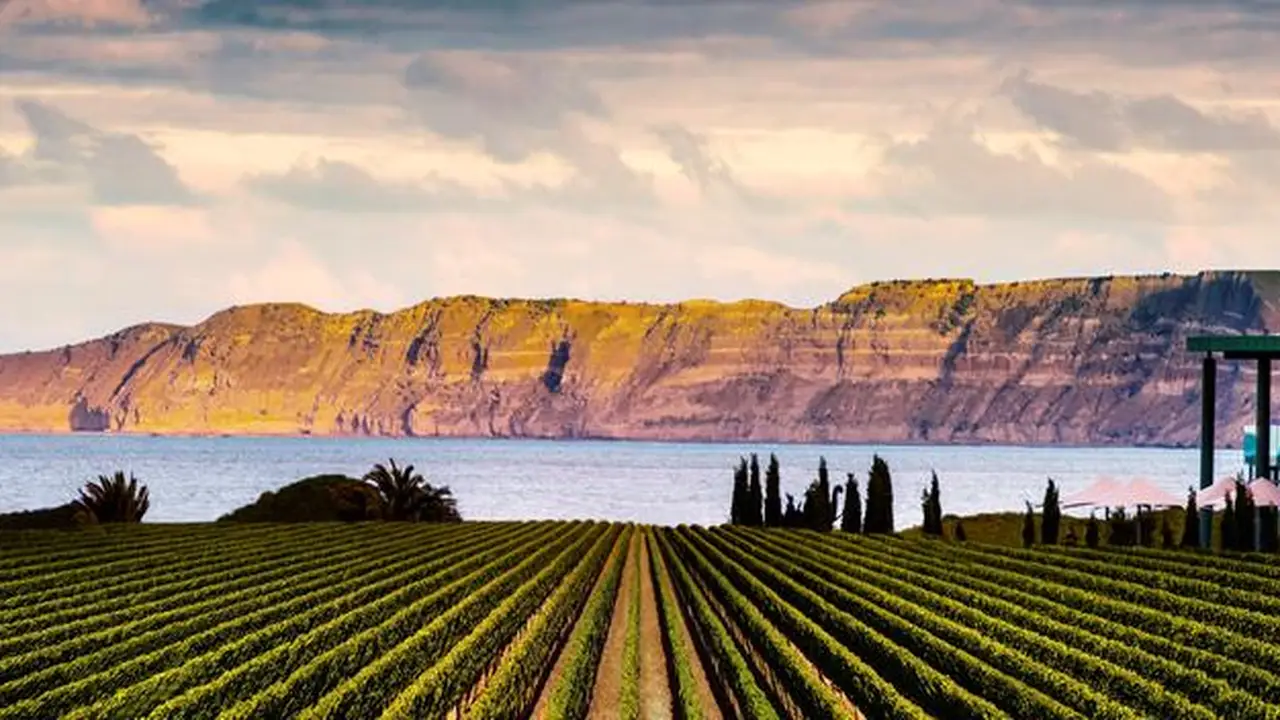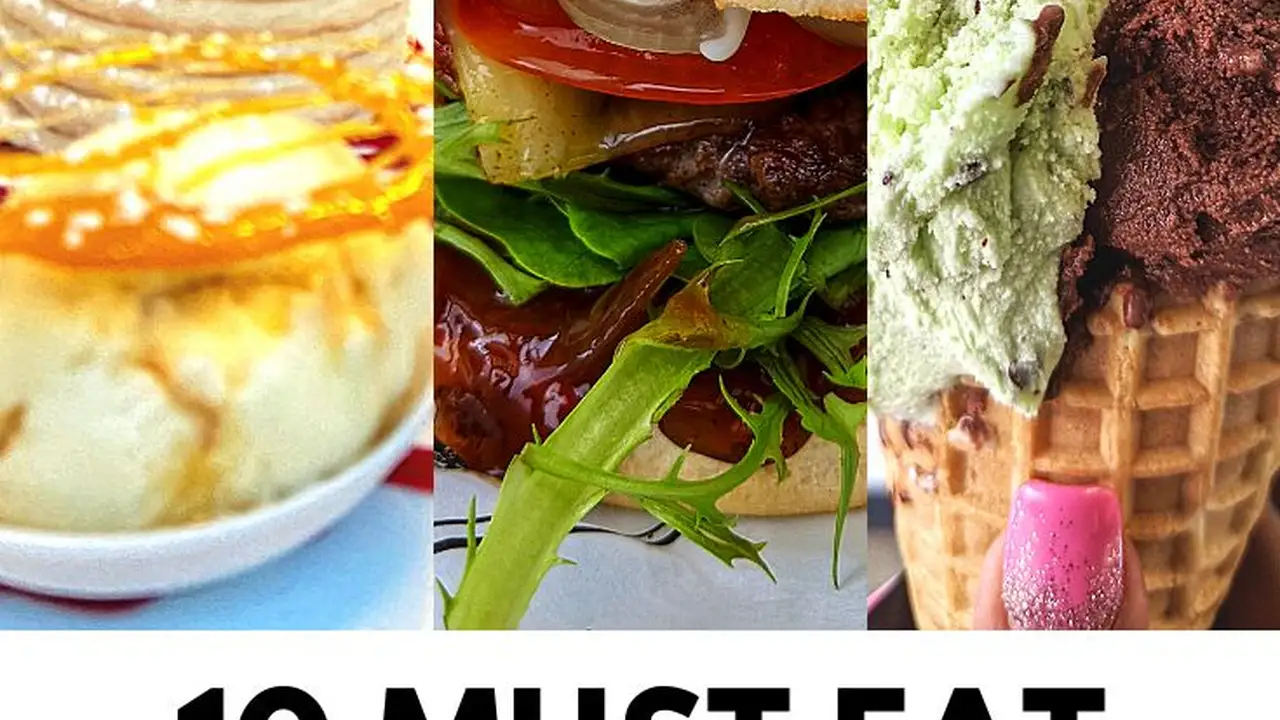Best Time to Visit New Zealand: A Seasonal Guide
Sample meta description.

New Zealand Trip Planning Unveiled A Comprehensive Guide
So, you're thinking about a trip to New Zealand? Awesome choice! Get ready for stunning landscapes, thrilling adventures, and some of the friendliest people you'll ever meet. This guide is your one-stop shop for planning your New Zealand adventure, covering everything from budgeting and transportation to accommodation and activities. Let's dive in!
Budgeting Your New Zealand Trip Travel Costs and Money Saving Tips
New Zealand isn't the cheapest destination, but with some smart planning, you can definitely make it work. Here's a breakdown of potential costs:
- Flights: This will likely be your biggest expense. Look for deals and consider flying during the shoulder season (spring or autumn) for lower prices.
- Accommodation: Options range from budget-friendly hostels to luxurious hotels. Expect to pay NZD 30-50 per night for a dorm bed, NZD 80-150 for a basic hotel room, and upwards of NZD 200 for something more upscale. Consider Airbnb for longer stays.
- Transportation: Renting a car or campervan is the most popular way to explore New Zealand. Car rentals typically cost NZD 40-80 per day, while campervan rentals can range from NZD 80-200+ depending on the season and vehicle type. Public transportation (buses and trains) is also available, but less convenient for exploring remote areas.
- Activities: From bungee jumping to glacier hiking, New Zealand offers tons of exciting activities. These can add up quickly, so prioritize what's most important to you. Expect to pay NZD 50-200+ per activity. Look for combo deals and discounts.
- Food: Eating out can be expensive. Save money by cooking your own meals, especially if you're renting a campervan with a kitchen. Groceries are reasonably priced.
Money-Saving Tips:
- Travel during the shoulder season (spring or autumn).
- Cook your own meals.
- Take advantage of free activities, like hiking and exploring beaches.
- Look for deals and discounts on activities and accommodation.
- Consider a working holiday visa to earn money while you travel.
New Zealand Transportation Options Getting Around the Country with Ease
As mentioned, renting a car or campervan is the most popular and flexible way to see New Zealand. Here's a closer look at your options:
- Rental Car: Great for exploring specific regions at your own pace. Consider 4WD if you plan on driving on unsealed roads.
- Campervan: The ultimate in freedom and flexibility. You'll have your accommodation and transportation all in one. Requires some planning for campsites and waste disposal.
- Public Transportation: Buses and trains are available, but less frequent and convenient for exploring remote areas. Good for connecting major cities.
- Flights: Domestic flights are a good option for covering long distances quickly.
- Cycling: A great way to explore smaller areas and enjoy the scenery. Bring your own bike or rent one.
New Zealand Accommodation Guide Finding the Perfect Place to Stay
New Zealand offers a wide range of accommodation options to suit every budget and travel style:
- Hostels: Budget-friendly option for solo travelers and backpackers.
- Hotels: Wide range of options from budget to luxury.
- Motels: Convenient and affordable, often with kitchenettes.
- Airbnb: Great for longer stays and larger groups.
- Campsites: Perfect for campervan travel, ranging from basic to fully equipped.
- Holiday Parks: Offer a range of accommodation options, including cabins, motels, and campsites.
Must-Have Gear and Equipment For Your New Zealand Adventure
Packing for New Zealand can be tricky, as the weather can be unpredictable. Here's a list of essential items:
- Layers: Pack clothing that can be easily layered to adapt to changing weather conditions.
- Waterproof Jacket: Essential for staying dry in the rain.
- Hiking Boots: If you plan on doing any hiking.
- Comfortable Walking Shoes: For exploring cities and towns.
- Sunscreen: The sun is strong in New Zealand, even on cloudy days.
- Sunglasses: To protect your eyes from the glare.
- Hat: For sun protection and warmth.
- Insect Repellent: Especially important in the summer months.
- First-Aid Kit: For minor injuries.
- Adapter: New Zealand uses a different electrical outlet than many other countries.
- Camera: To capture the stunning scenery.
Recommended Products for Your Trip
Hiking Gear Recommendations
If you're planning on doing some serious hiking, investing in quality gear is essential. Here are a few recommendations:
- Hiking Boots: Salomon X Ultra 4 GTX - These boots offer excellent support and traction, and are waterproof to keep your feet dry. Usage Scenario: Multi-day hikes, rugged terrain. Comparison: Compared to the Merrell Moab 2, the Salomon X Ultra 4 GTX offers better ankle support and is more durable. Price: $150-180.
- Backpack: Osprey Atmos AG 65 - A comfortable and well-ventilated backpack for carrying all your gear. Usage Scenario: Multi-day hikes, carrying heavy loads. Comparison: Compared to the Gregory Baltoro 65, the Osprey Atmos AG 65 is lighter and offers better ventilation. Price: $250-300.
- Trekking Poles: Black Diamond Trail Ergo Cork - These poles provide stability and reduce strain on your knees. Usage Scenario: Hiking on steep or uneven terrain. Comparison: Compared to the Leki Makalu Lite, the Black Diamond Trail Ergo Cork offers a more comfortable grip. Price: $100-120.
Camera Gear Recommendations
New Zealand's landscapes are breathtaking, so you'll want to capture them with a good camera. Here are a few recommendations:
- Mirrorless Camera: Sony Alpha a7 III - A versatile camera that excels in both photography and videography. Usage Scenario: Landscape photography, portrait photography, travel videography. Comparison: Compared to the Canon EOS R6, the Sony Alpha a7 III offers a wider range of lenses. Price: $2000-2500 (body only).
- Lens: Sony FE 24-70mm f/2.8 GM - A versatile zoom lens that's perfect for a wide range of subjects. Usage Scenario: Landscape photography, portrait photography, street photography. Comparison: Compared to the Tamron 28-75mm f/2.8 Di III RXD, the Sony FE 24-70mm f/2.8 GM is sharper and more durable. Price: $2200-2500.
- Action Camera: GoPro HERO11 Black - A rugged and waterproof camera that's perfect for capturing action shots. Usage Scenario: Hiking, biking, surfing, skiing. Comparison: Compared to the DJI Osmo Action 3, the GoPro HERO11 Black offers better image stabilization and a wider field of view. Price: $400-500.
Campground Gear Recommendations
If you plan on camping, here are some essential items:
- Tent: MSR Hubba Hubba NX - A lightweight and durable tent that's perfect for backpacking and camping. Usage Scenario: Backpacking, camping in various weather conditions. Comparison: Compared to the Big Agnes Copper Spur HV UL2, the MSR Hubba Hubba NX is more durable and easier to set up. Price: $450-550.
- Sleeping Bag: Therm-a-Rest Hyperion 20 - A lightweight and compressible sleeping bag that will keep you warm in temperatures down to 20 degrees Fahrenheit. Usage Scenario: Backpacking, camping in cold weather. Comparison: Compared to the Sea to Summit Spark SpIII, the Therm-a-Rest Hyperion 20 is warmer and more durable. Price: $400-500.
- Camp Stove: Jetboil Flash Cooking System - A lightweight and efficient cooking system that boils water quickly. Usage Scenario: Backpacking, camping, cooking meals on the go. Comparison: Compared to the MSR PocketRocket 2, the Jetboil Flash Cooking System is faster and more fuel-efficient. Price: $120-150.
New Zealand Itinerary Ideas Tailoring Your Trip to Your Interests
New Zealand offers something for everyone. Here are a few itinerary ideas to get you started:
- The North Island Adventure (7-10 days): Auckland, Bay of Islands, Rotorua, Taupo, Wellington. Focus on beaches, geothermal areas, and cultural experiences.
- The South Island Road Trip (10-14 days): Christchurch, Queenstown, Fiordland National Park, West Coast, Abel Tasman National Park. Focus on mountains, glaciers, and adventure activities.
- The Ultimate New Zealand Experience (3-4 weeks): Combine the best of both islands for an unforgettable adventure.
Essential Travel Tips for New Zealand A Smooth and Enjoyable Trip
- Book in advance: Especially during peak season (summer).
- Be prepared for all types of weather.
- Drive on the left side of the road.
- Respect the local culture (Māori).
- Be aware of the risks of outdoor activities.
- Leave no trace.
- Have fun!
New Zealand Travel Insurance Peace of Mind for Your Trip
Travel insurance is essential for any trip, but especially for a destination like New Zealand where you might be engaging in adventure activities. Make sure your policy covers:
- Medical expenses
- Trip cancellation or interruption
- Lost or stolen belongings
- Emergency evacuation
Enjoying Local Cuisine in New Zealand A Foodie's Delight
Don't miss out on trying some of New Zealand's delicious local cuisine:
- Hangi: A traditional Māori cooking method using heated stones buried in the ground.
- Pavlova: A meringue-based dessert topped with whipped cream and fruit.
- Hokey Pokey Ice Cream: Vanilla ice cream with crunchy honeycomb pieces.
- Fish and Chips: A classic Kiwi takeaway.
- Lamb: New Zealand is famous for its lamb.
- Seafood: Fresh seafood is abundant.
Planning a trip can be overwhelming, but hopefully this guide has given you a good starting point. Remember to do your research, be flexible, and most importantly, have fun! New Zealand is waiting to be explored!
:max_bytes(150000):strip_icc()/277019-baked-pork-chops-with-cream-of-mushroom-soup-DDMFS-beauty-4x3-BG-7505-5762b731cf30447d9cbbbbbf387beafa.jpg)






